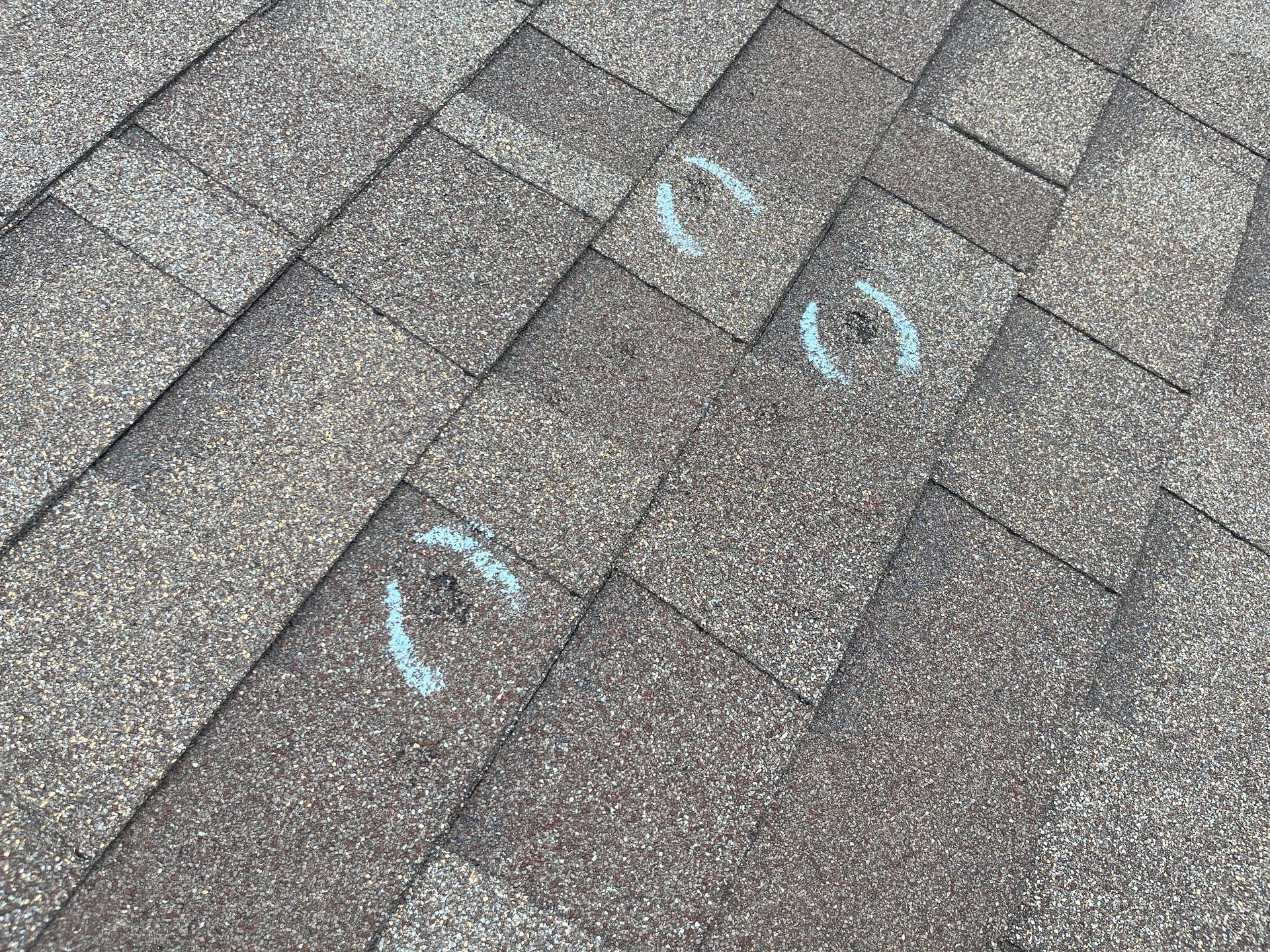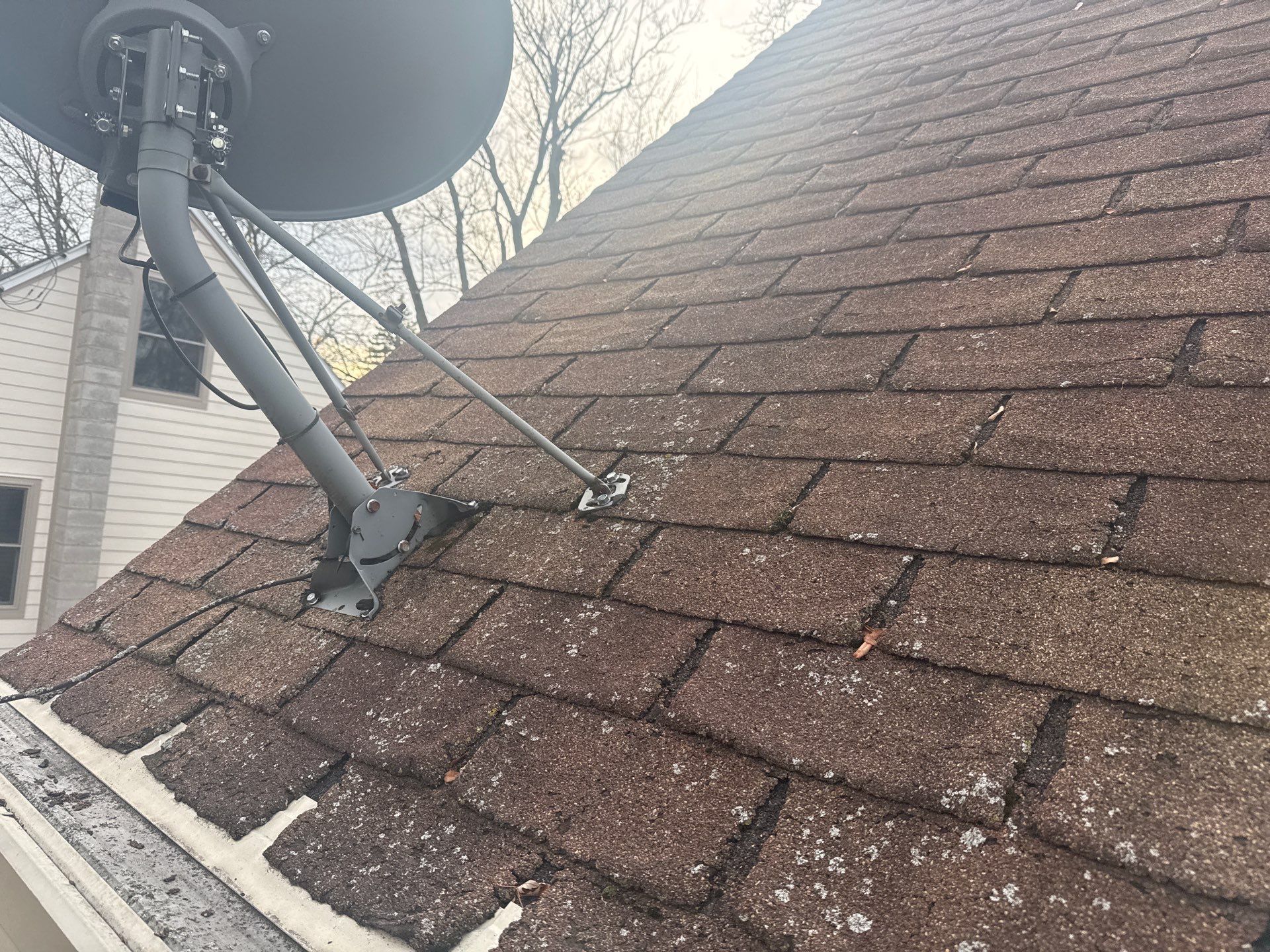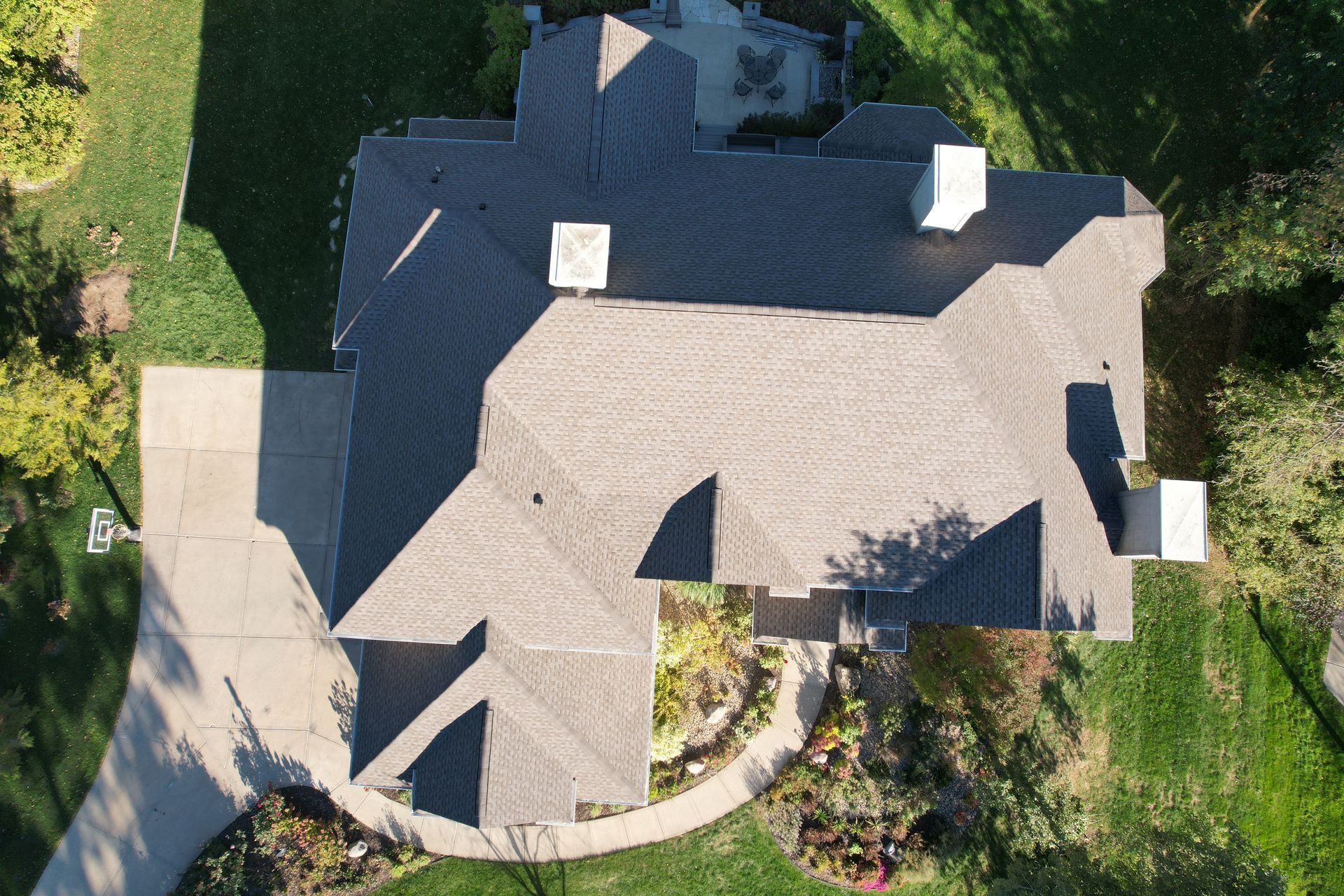Time to Replace Your Roof?
Your roof is your home’s first line of defense—but like everything else, it doesn’t last forever. An old roof might seem like “out of sight, out of mind,” but ignoring the signs of aging can lead to serious problems like water damage, mold, or even structural issues.
Most asphalt shingle roofs last around 20–25 years. If yours is getting close—or well past—that age, it’s time to take a closer look. Missing shingles, curling edges, or granules in your gutters are all red flags. And even if it looks fine from the ground, hidden damage can still be a risk.
Replacing an old roof isn’t just about protection—it’s also an investment in your home’s value, energy efficiency, and curb appeal. Whether you’re planning to stay for years or thinking of selling, a solid, updated roof gives you peace of mind.
Should you notice any of these seven indicators, it's prudent to consult with an independent roofing professional for a detailed inspection. While the thought of a roofing project might seem daunting and costly, postponing necessary replacements can lead to more severe issues later. Many contractors provide financing options to ease the financial burden. A fresh roof is more than a protective barrier; it’s a makeover for your home, enhancing its aesthetic appeal.
Seven Indicators Your Roof Might Need Replacement:
- Shingles with Curled Edges or Cupped Tabs: Shingles showing these signs are often deteriorating, which can compromise the roof's overall integrity.
- Bald Spots and Missing Granules: If you see bald patches where granules are missing, it indicates significant wear and potential vulnerability to further damage.
- Cracks in Shingles: Tiny cracks can be due to aging or improper ventilation and might lead to leaks and water damage.
- An Aging Roof (20+ Years): Even high-quality shingles can show signs of premature aging due to inadequate ventilation. If your roof is over two decades old, consider a replacement.
- New Roofs in Your Neighborhood: If homes built around the same time as yours are getting roof replacements, it might be a hint that your roof is also nearing its life expectancy.
- Dark Streaks: These streaks are typically caused by airborne algae. While not structurally damaging, they can mar your roof's appearance.
- Moss Growth: Moss is common in shaded, moist areas and can damage shingle granules over time. Though mostly a cosmetic issue, moss accumulation should be professionally addressed.
Recognizing these signs is crucial for timely roof replacement. To get started on your re-roofing project or to arrange a roof inspection, seek out a qualified independent roofing contractor in your area. Remember, investing in a new roof not only reinforces your home's defense against the elements but also significantly boosts its visual charm.





